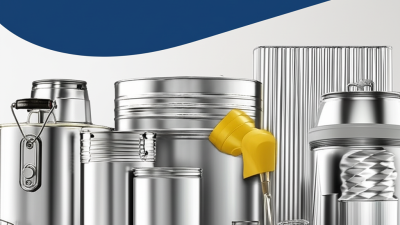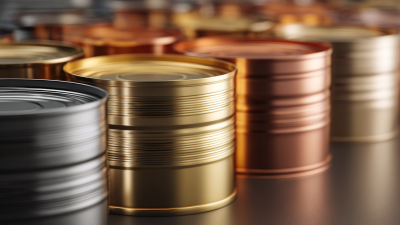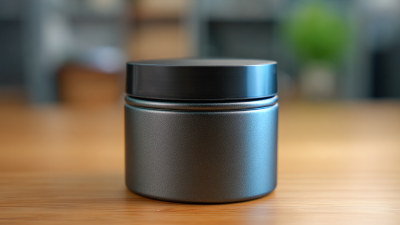 +817089618688
+817089618688
Free Standard Samples can be provided for you to check the quality.
Leave Your Message
When selecting the appropriate container metal for your storage needs, it's essential to understand the various factors that influence durability, safety, and efficiency. According to the Metal Container Manufacturers Association, the metal container industry has seen a consistent growth rate of around 4% annually, reflecting an increasing demand for reliable storage solutions across industries. Additionally, a report from MarketsandMarkets indicates that the global metal packaging market is expected to reach $200 billion by 2026, driven by the rising need for sustainable and recyclable materials. As businesses prioritize eco-friendly practices, choosing the right container metal not only ensures the protection of valuable goods but also aligns with environmental goals. Therefore, making informed decisions about container metals becomes crucial for optimizing storage strategies and achieving long-term operational success.
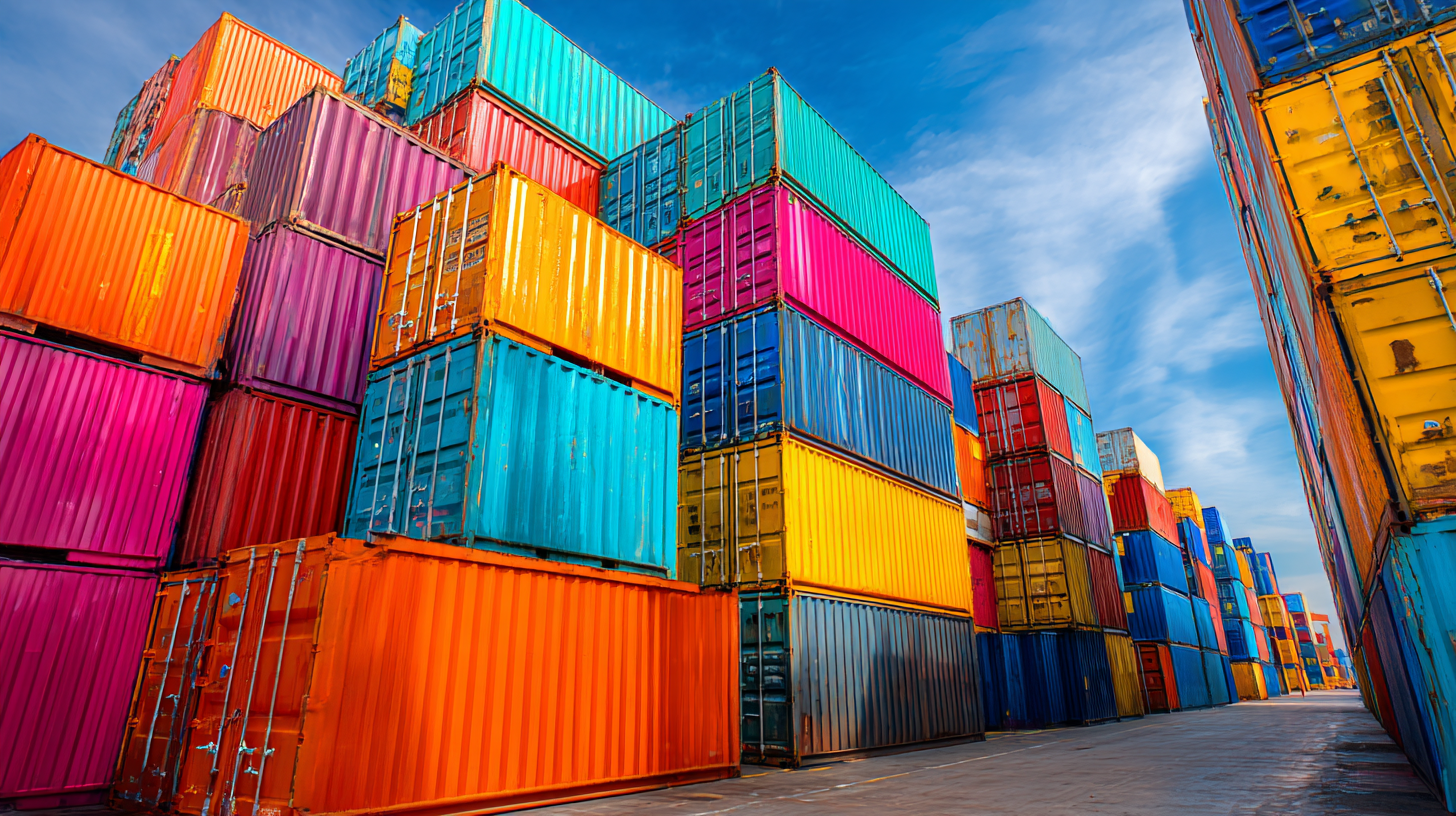
When selecting the right container metal for your storage needs, it’s crucial to begin by assessing your specific requirements. Start by evaluating the volume of items you intend to store. Larger volumes may necessitate more robust containment solutions, while smaller amounts can be accommodated in lighter, more manageable containers. Consider the physical dimensions and how they will fit within your available storage space, ensuring that you can efficiently utilize the area without overcrowding.
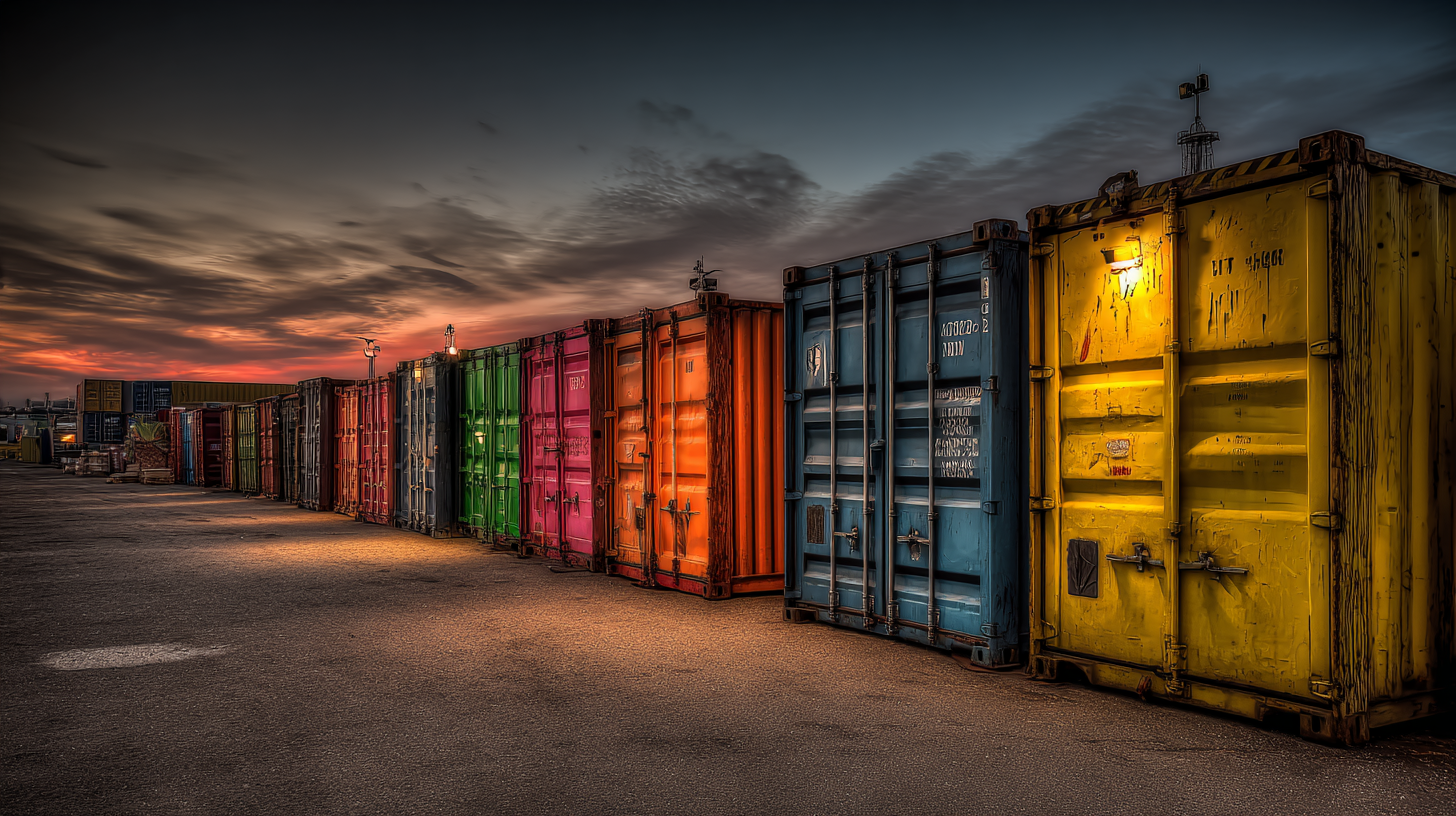
Next, weight plays a significant role in your choice of container metal. If you are storing heavy items, opting for a sturdier metal, like steel, can provide the necessary strength and durability. Conversely, if the items are lighter, aluminum containers can offer easier handling and transportation without compromising on strength. Additionally, consider the environmental factors that may impact your storage. For instance, if your containers will be exposed to moisture or corrosive elements, choosing a corrosion-resistant metal, such as stainless steel, will enhance the lifespan and reliability of your storage solution. By carefully weighing these factors, you can make an informed decision that best meets your storage needs.
When choosing the right container metal for your storage needs, understanding the advantages and applications of aluminum, steel, and stainless steel is crucial. Aluminum is known for its lightweight and corrosion-resistant properties, making it an ideal choice for industries that require mobility and durability, such as aerospace and automotive. However, recent policy changes, including the expansion of tariffs on aluminum imports, may impact pricing and availability, thus affecting procurement decisions.
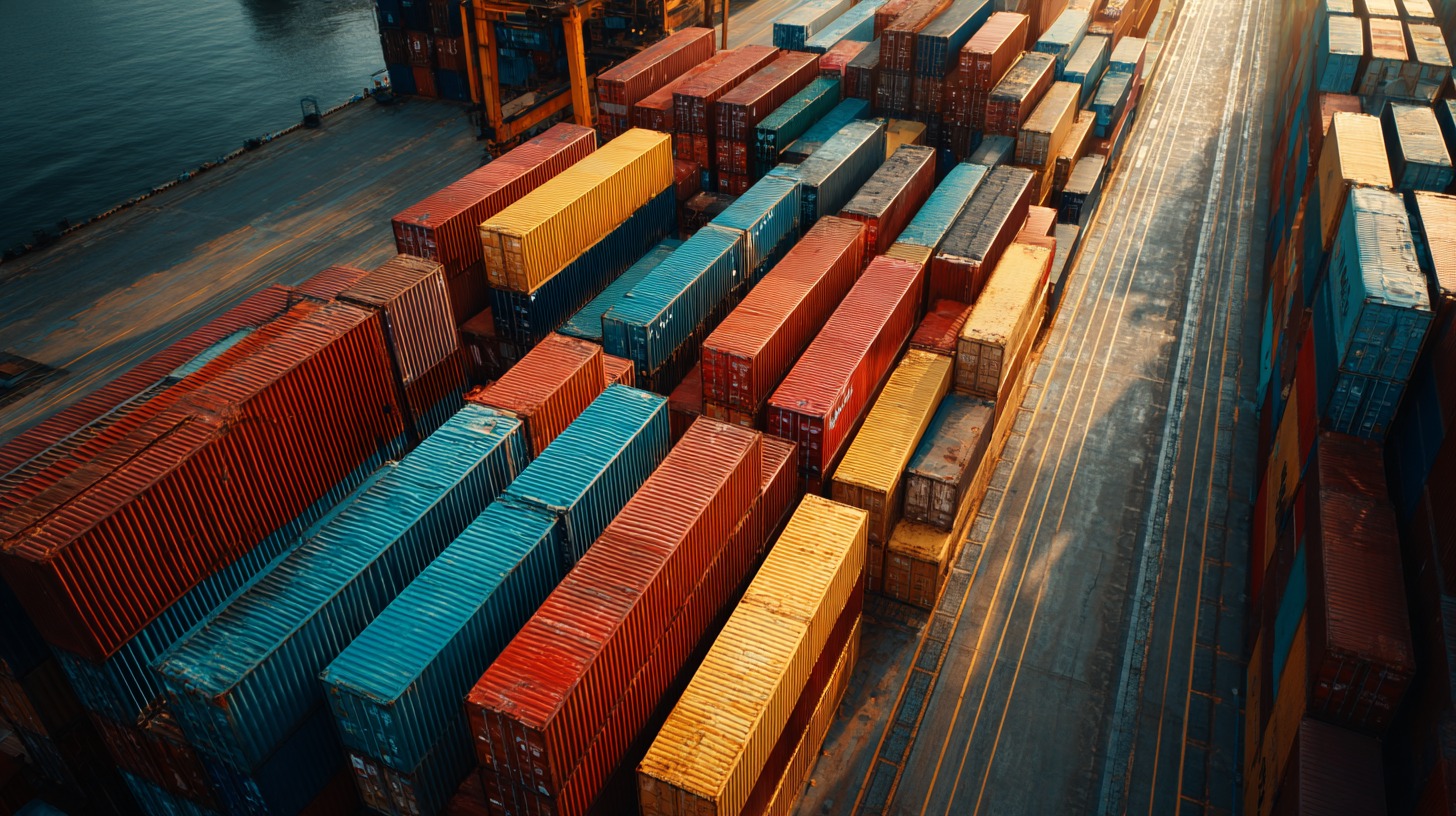
Steel, on the other hand, provides strength and resilience but can be susceptible to rust if not properly treated. A significant development in the steel industry is the wire arc additive manufacturing (WAAM) process, which aims to optimize microstructure and properties while minimizing defects through various post-processing methods. With this innovation, the versatility of steel containers can be enhanced, providing more tailored solutions for industries that demand high durability under fluctuating conditions.
Stainless steel sits at a crossroad between the two, known for its robustness and resistance to corrosion and staining. It is particularly favored in the food and medical sectors, offering hygiene and safety benefits. The growing interest in non-toxic cookware, including stainless steel options, reflects consumer demand for durable and safe materials. As market dynamics evolve, the selection of container metals must consider not just the physical properties, but also the economic implications of tariffs and advancements in manufacturing technologies.
When selecting a metal container for storage, durability and corrosion resistance are paramount for ensuring the longevity of the contents. Stainless steel is often the go-to choice due to its impressive resistance to rust and deterioration. Its alloy composition typically includes chromium, which forms a protective layer that prevents oxidation. For items that will be stored in humid or chemically reactive environments, stainless steel offers a reliable barrier against corrosion, making it ideal for long-term storage solutions.
Another option is aluminum, renowned for its lightweight nature and good corrosion resistance. Although it is not as strong as stainless steel, aluminum is often treated with anodization processes that enhance its protective qualities. This makes aluminum containers suitable for storing a variety of materials while ensuring they remain intact over time. Moreover, understanding the specific environmental conditions, such as exposure to saltwater or acidic substances, can guide the decision in choosing the right metal for your storage needs, ensuring both durability and integrity of the stored items.
| Metal Type | Durability (Years) | Corrosion Resistance | Weight (kg/m³) | Cost ($/kg) |
|---|---|---|---|---|
| Stainless Steel | 20 | Excellent | 8000 | 3.00 |
| Aluminum | 15 | Good | 2700 | 2.50 |
| Mild Steel | 10 | Fair | 7850 | 1.50 |
| Copper | 12 | Good | 8960 | 6.00 |
| Titanium | 30 | Excellent | 4500 | 15.00 |
When selecting the right metal for storage containers, cost and availability play crucial roles in ensuring a budget-friendly solution. Steel is often favored for its durability and resistance to rust, making it ideal for various storage environments. While it may have a higher upfront cost compared to other metals, its long lifespan can make it more economical in the long run. Additionally, galvanized steel provides an extra layer of protection against corrosion, making it an excellent option for outdoor storage needs.
Another economical choice is aluminum, which is lightweight and resistant to corrosion. Although typically less expensive than steel, its strength may not match that of heavier metals, so it's best suited for less demanding storage tasks. Moreover, aluminum's availability in different forms and sizes allows for greater flexibility in meeting specific storage requirements without straining your budget. Carefully evaluating the material's cost and its long-term value can lead to smarter investments in your storage solutions.
When selecting the right container design for storage needs, considerations about shape and size play a crucial role. The shape of the container can significantly impact how efficiently space is utilized, especially in environments where maximizing room is essential. For instance, square or rectangular containers often stack neatly, allowing for easy organization and access. On the other hand, round containers may be more suitable for storing items that require more gentle handling or for those that need to be accessed from multiple angles.
Size is equally important when choosing a storage container. It should accommodate the volume of items being stored while ensuring that there is no wasted space. Oversized containers can make it difficult to find and retrieve items, while undersized ones may lead to overcrowding and damage. Additionally, accessibility should be considered in the design process; containers with features such as wide openings or removable lids can significantly enhance convenience, allowing users to easily reach items without excessive effort. Ultimately, a well-thought-out container design can increase both efficiency and satisfaction in storage solutions.
